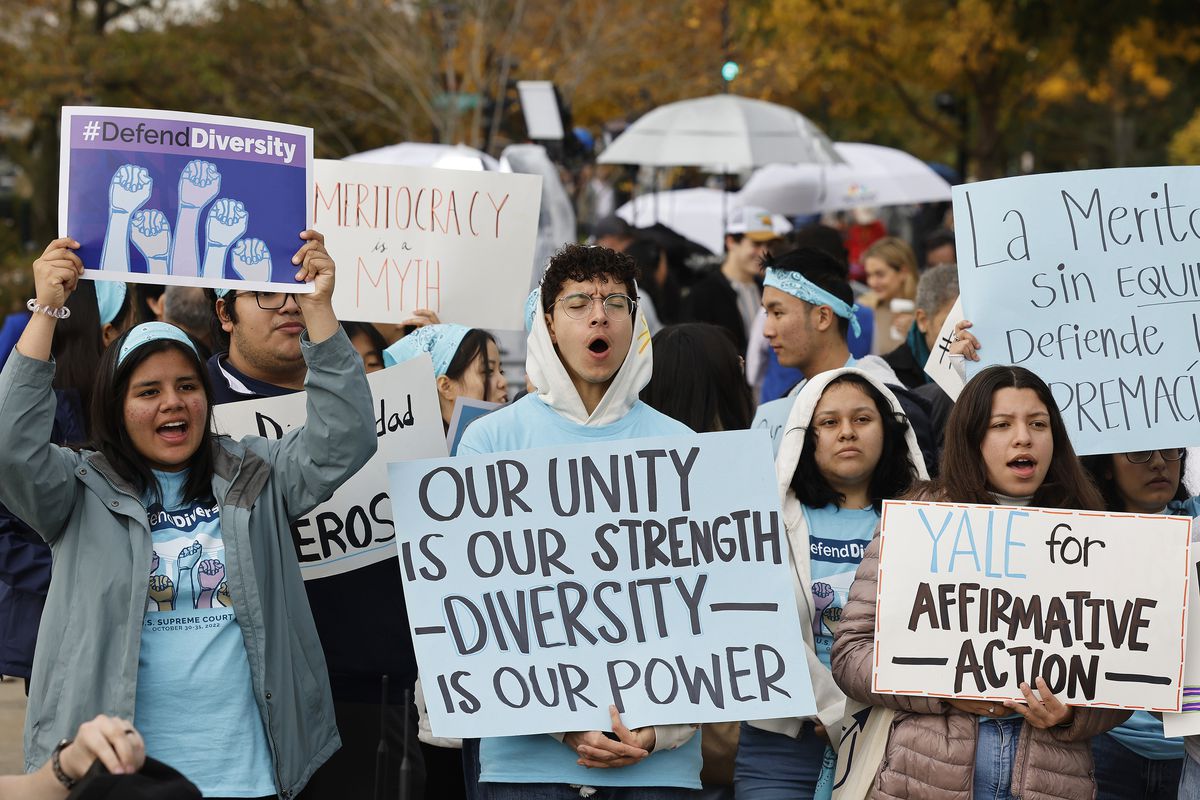This week, the Supreme Court seems ready to rule on a “blockbuster” case regarding affirmative action, specifically that the “race-conscious admissions programs” at both Harvard and the University of North Carolina were unlawful. Their decision will have huge implications for the college admissions process, which has been a hotly debated practice since it began. If their ruling means the beginning of the end of affirmative action, how could universities continue to work toward a more racially diverse campus? There are two potential alternatives that are commonly proposed, and here’s what we know about each one.
Socioeconomic diversity scores
In this alternative, admissions counselors consider the socioeconomic status of applicants, likely by using their zip code. According to experts who have studied this alternative, this would work as “a proxy for racial and ethnic diversity” and remedy a trend we are currently seeing in elite colleges, where a class may be racially and ethnically diverse, but not diverse socioeconomically. In fact, a 2017 study of 38 schools found that “more students came from the top 1 percent of the income scale than from the entire bottom 60 percent.” By looking at socioeconomic diversity rather than racial or ethnic diversity, we could start to see a much less economically homogenous campus.
The “Top 10 Percent Law”
As Texans, we are all familiar with this concept. By replacing affirmative action with more sweeping plans to automatically admit the top candidates from every high school, colleges could continue to admit diverse candidates in places where high schools are relatively segregated. In other words, diverse students from highly diverse high schools will gain admission to institutions based on their academic performance, without affirmative action being a factor. However, research has shown that this practice in Texas hasn’t truly increased diversity in a significant way, primarily because many eligible students come from high schools that don’t traditionally send students to Texas’ flagship universities, and therefore these eligible students don’t claim their spot. To remedy this, there would need to be aggressive recruitment at underrepresented high schools and an increase in scholarship funds (as well as an increasement in awareness of these scholarship funds).
While the future of affirmative action is yet to be decided, this is yet another example of how the college admissions process is continuously evolving. Just in the past couple of years, we’ve watched as the SAT goes digital, schools went entirely test-optional, and the CommonApp made tweaks to become more inclusive. It’s become clear that in the admissions process, the only constant is change. The one thing you can control? Your application. The Enrichery’s all-star team of college admissions coaches is here to help you put your best foot forward, all the way from creating your college list to crafting an amazing essay. Reach out today to talk to an Enrichery coach about all things college admissions.





